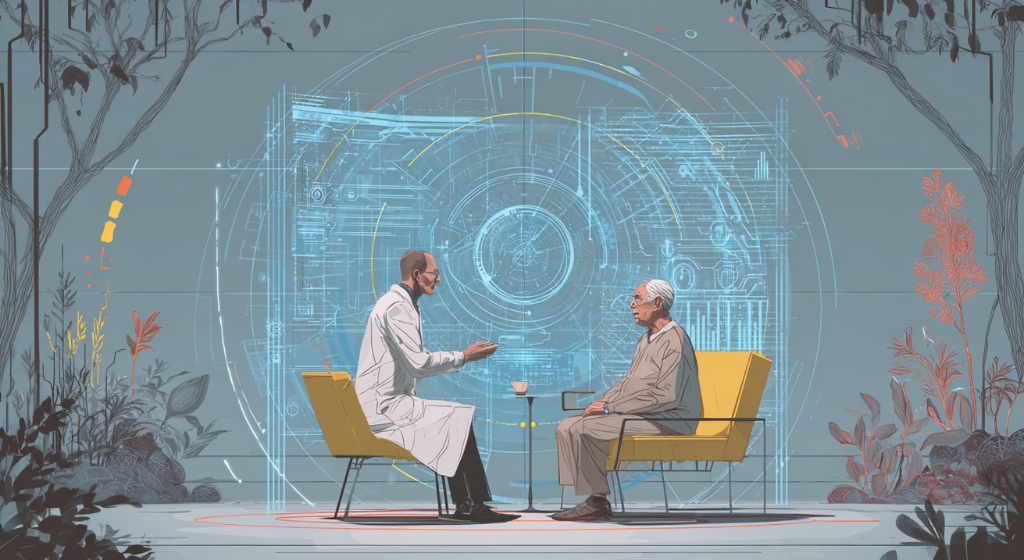
Mayo Clinic’s new AI tool, StateViewer, can diagnose nine types of dementia with 88% accuracy from a single brain scan, offering clinicians faster, clearer insights and potentially transforming early detection and treatment of Alzheimer’s and related conditions. (Source: Image by RR)
Mayo Clinic’s Tool Targets Alzheimer’s, Lewy Body, Frontotemporal and Other Dementias
Mayo Clinic researchers have unveiled a groundbreaking AI tool, StateViewer, that can identify brain activity patterns associated with nine different types of dementia—including Alzheimer’s disease—using a single, widely available brain scan. Published in Neurology on June 27, 2025, the study reports that StateViewer accurately identified the dementia type in 88% of cases and enabled clinicians to interpret brain scans nearly twice as fast and up to three times more accurately than traditional diagnostic workflows. Trained on over 3,600 FDG-PET scans, the tool represents a transformative leap in early, efficient, and accurate dementia diagnosis.
The technology, as reported in newsnetwork.mayoclinic.org, directly addresses a long-standing challenge in neurology: distinguishing between overlapping and often subtle dementia symptoms early in the disease course. With Alzheimer’s disease now the fifth leading cause of death globally and 55 million people living with dementia, timely and precise diagnosis is increasingly critical—especially as new therapies emerge. StateViewer could significantly improve care in clinics that lack advanced neurology expertise, bringing high-level diagnostic power to broader healthcare settings.
Developed under the leadership of Mayo Clinic neurologist Dr. David Jones and AI engineer Dr. Leland Barnard, the tool combines clinical expertise with machine learning innovation. Using FDG-PET scans—which measure how the brain metabolizes glucose—StateViewer compares patient results against a vast database of confirmed cases. It then generates color-coded brain maps that visually highlight the brain regions associated with different dementia types, such as memory regions in Alzheimer’s or behavior-related areas in frontotemporal dementia, providing accessible insight for clinicians of all backgrounds.
According to its creators, StateViewer was designed with patient impact in mind. Each data point and brain scan represents a person facing difficult questions and a potentially life-altering diagnosis. The team at Mayo Clinic plans to expand the tool’s availability and continue validating it in diverse clinical settings. By turning complex brain patterns into interpretable visuals and real-time clinical guidance, StateViewer marks a milestone in the integration of AI into diagnostic neurology.
read more at newsnetwork.mayoclinic.org







Leave A Comment